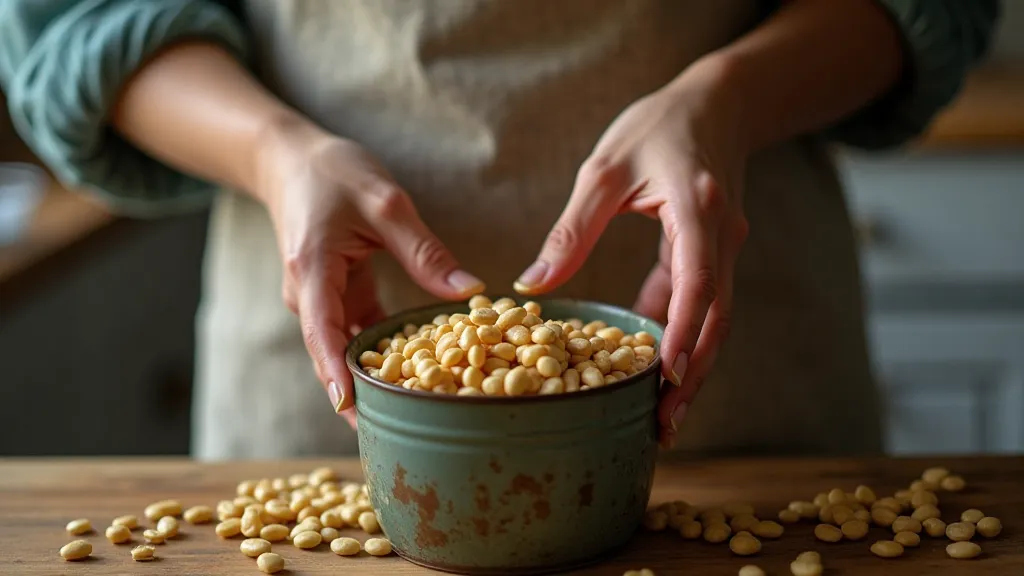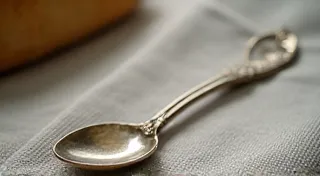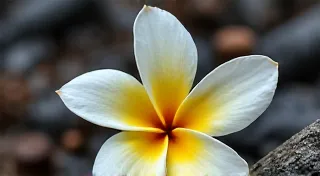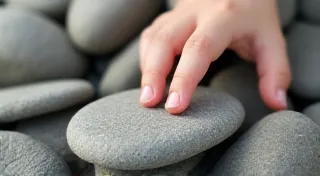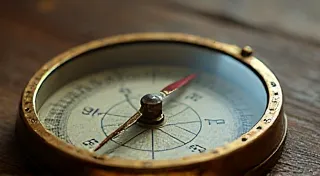The Bean's Tapestry: Weaving Tradition and Innovation in the Garden
There's a profound beauty in holding something old, something made with care and purpose. It's a feeling I often get when I'd spend hours restoring antique accordions, meticulously cleaning each reed, re-gluing cracked wooden frames. The scent of aged wood and leather, the satisfying click of a properly aligned component – it speaks of a lineage, a dedication to craft that transcends generations. That same feeling, that same deep resonance, is what I find in growing heirloom beans. They aren’s just food; they’re living links to a rich agricultural heritage.
Imagine a world before industrial agriculture, before the focus solely on uniformity and yield. Imagine seeds passed down through families, each variety treasured for its unique flavor, its resilience to local conditions, and the stories interwoven with its history. Those are the seeds of heirloom beans – seeds saved from the best plants year after year, adapting and evolving through gentle selection, not genetic modification. These aren't the ubiquitous supermarket beans; these are the Scarlet Runners, the Jacob’s Cattle, the Kentucky Wonders – each a character in a vibrant agricultural narrative.
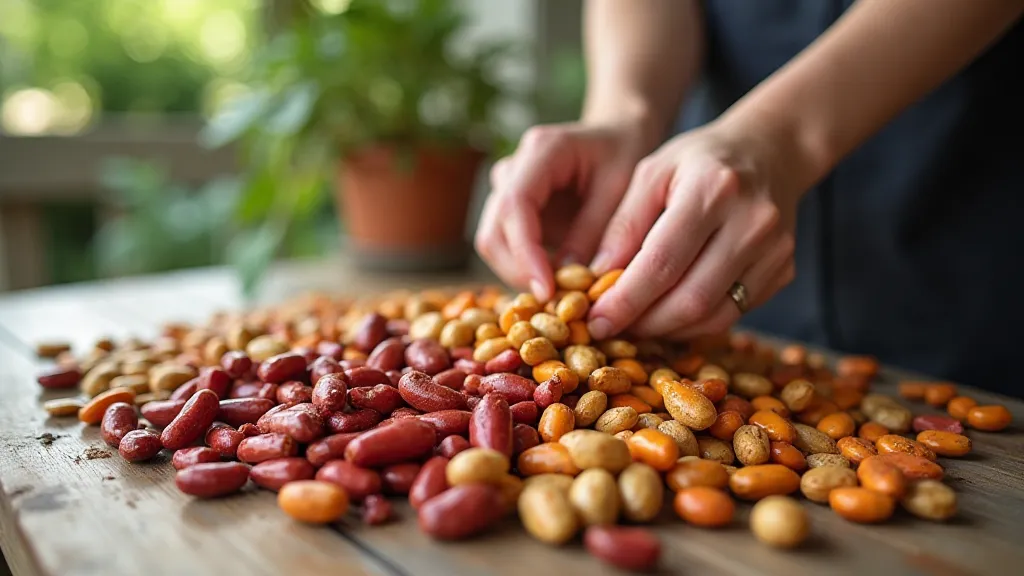
A Glimpse into the Past: Bean Growing Traditions
For centuries, communities relied on these varieties. Farmers knew their land, understood its quirks, and chose bean varieties that thrived. Techniques weren't written down in meticulous manuals; they were passed down through observation, experience, and shared knowledge. My grandmother, a woman who could coax life from the most barren soil, always swore by a “bean dance” – a rhythmic shuffling of her feet as she scattered seeds, believing it somehow encouraged germination. Whether it was superstition or simply a loving gesture, it embodied the deep connection between the grower and the land.
Historically, bean growing wasn't just about sustenance. Beans, especially climbing varieties, were often integrated into intercropping systems – planted alongside corn and squash – a method known as the "Three Sisters." This symbiotic relationship provided mutual benefit; the corn provided support for the beans, the beans enriched the soil with nitrogen, and the squash’s broad leaves suppressed weeds. It’s a brilliant example of traditional wisdom, demonstrating an understanding of ecological interdependence long before the term “permaculture” entered our vocabulary.
The Modern Gardener's Renaissance: Blending Tradition and Innovation
While respecting these traditions, modern organic bean growing also embraces advancements. My own approach combines my grandmother’s intuitive methods with the insights of contemporary soil science. Instead of relying solely on the “bean dance” (though I still indulge sometimes!), I focus on building healthy soil teeming with beneficial microbes. Compost, cover crops, and natural fertilizers are now integral to my process. The result is not only a more bountiful harvest but also beans that taste richer and more complex, brimming with the vitality of the earth.
One significant shift has been the increased emphasis on water conservation. Traditional farmers relied on rainfall, but in drier regions, efficient irrigation is crucial. Drip irrigation systems, once a novelty, are now widely adopted, minimizing water waste and maximizing plant health. Furthermore, selecting drought-resistant heirloom varieties, carefully adapted to local conditions, plays a crucial role in sustainable bean growing.
Choosing Your Heirloom Bean Varieties
The sheer diversity of heirloom beans is astounding. From the vibrant, long Scarlet Runners, perfect for drying and making hearty stews, to the delicate, buttery Lima beans, each offers a unique culinary experience. The Kentucky Wonder pole bean, a classic for its tender pods, is a rewarding choice for beginners. Jacob's Cattle, with its striking mottled pattern, is a visually stunning addition to any garden. Consider your local climate, soil type, and personal preferences when making your selections. Don’t be afraid to experiment!
Just like the meticulous restoration of an antique accordion— where each reed, each key, requires individual attention — selecting heirloom beans is a personalized journey. It's about understanding their history, appreciating their individual characteristics, and nurturing them with care. Look for reputable seed suppliers who specialize in heirloom varieties. They can provide valuable information about germination rates, growth habits, and potential challenges.
The joy isn't solely in the final harvest. It's in the unfolding process - the tender sprouts emerging from the soil, the vibrant green vines climbing towards the sun, the anticipation of the flavorful beans awaiting the table. It's a connection to the past, a commitment to sustainability, and a celebration of the simple pleasures of gardening. A vintage accordion is a reminder of a different pace, a different way of making things. Heirloom beans offer a similar sense of connection – a return to a slower, more intentional relationship with the land.
Just as the subtle nuances of an antique accordion’s tone are amplified by careful restoration, the true flavor of heirloom beans is revealed by attentive cultivation. It’s a legacy worth preserving, a tradition worth passing on, and a delicious testament to the enduring power of nature’s bounty.
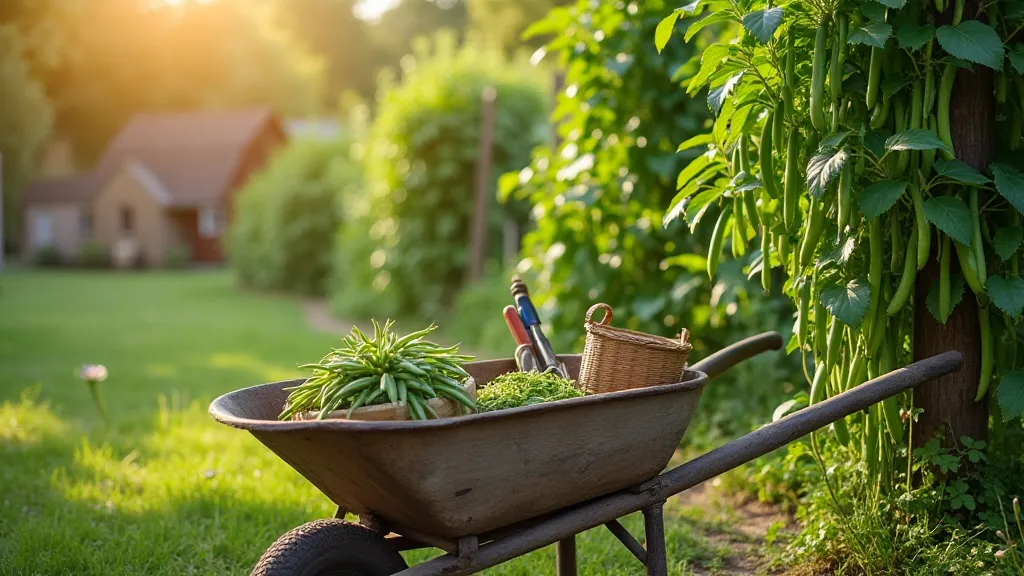
Saving Seeds: A Pledge to the Future
The ultimate act of preserving heirloom varieties is, of course, saving seeds. It’s a responsibility we share as gardeners. Allowing some of your plants to mature and produce pods, then carefully extracting and drying the seeds, ensures that these precious genetics continue to thrive. The process is surprisingly simple and deeply satisfying – a tangible link to the generations who came before us. Label your seeds meticulously – record the variety, the date of harvest, and any observations about the plant's performance. These notes will become invaluable resources for future plantings. Imagine the satisfaction of planting seeds saved from your own harvest, knowing that you are contributing to the perpetuation of these treasures!
